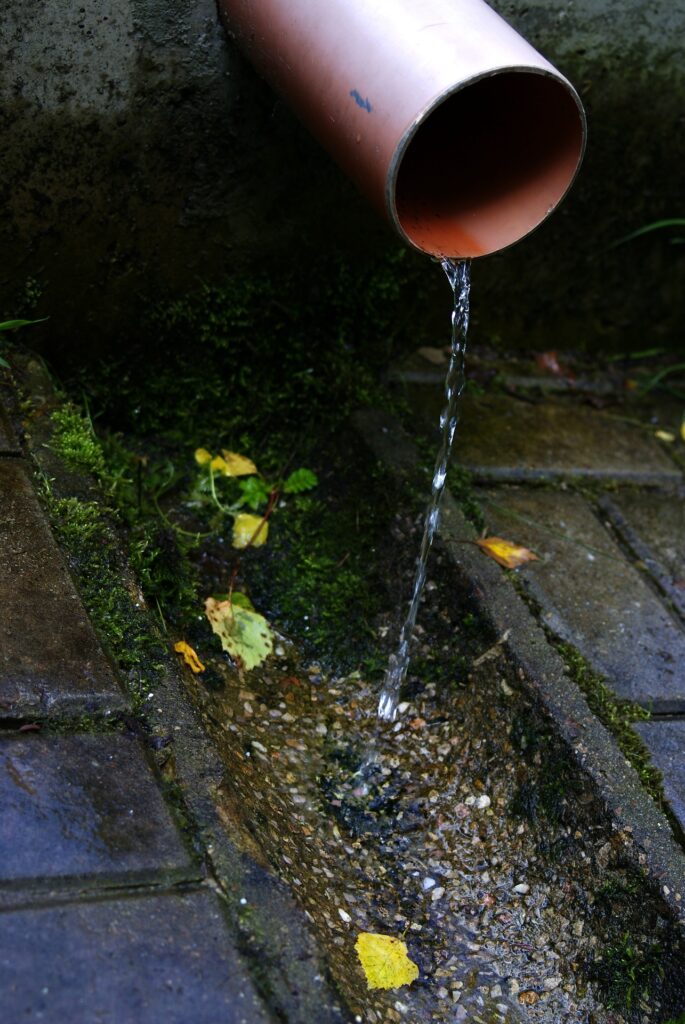
Researchers at Stanford University and Emory University have launched a nationwide initiative to monitor simian pox, COVID-19 and other infectious diseases in communities by measuring viral genetic material in wastewater.
The effort will also seek to provide health officials and the public with free, high-quality data, which is critical to informing public health decision making.
The initiative is already producing data, including the first detections of simian pox DNA in wastewater in the United States, the university said in a statement.
This new Stanford-led effort, called WastewaterSCANThe Sewer Coronavirus Alert Network (SCAN), which was launched in November 2020, significantly expands access to the analytical approach and public reports developed by scientists and 11 Northern California communities through the Sewer Coronavirus Alert Network (SCAN).
Beginning with the SARS-CoV-2 virus that causes COVID-19, SCAN has provided frequent information that is comparable over time and from place to place on community levels of the disease, its variants, monkeypox, influenza A, and respiratory syncytial virus (RSV) to help shape public health responses to these infections.
Scientists leading WastewaterSCAN were the first to report detections of simian pox virus genetic markers in wastewater in the United States, which so far are the only detections reported from wastewater monitoring.
They began testing for simian pox viral DNA at the 11 locations in Northern California on June 19, had the first two positive detections at plants serving parts of San Francisco the next day, and found simian pox viral DNA in wastewater at 10 sites.
As of today, 38 treatment plants in eight states are receiving WastewaterSCAN and SCAN simian pox results, in addition to results for SARS-CoV-2 virus causing COVID-19 and its variants BA.4 and BA.5, influenza A and RSV.
In total, the team has detected simian pox DNA in wastewater at 22 sites.
"Because it is population-based and not biased by access to clinical testing, wastewater helps us understand infectious disease trends in a community. We've seen how valuable this can be as individual testing practices for SARS-CoV-2 have changed," said Alexandria Boehm, professor of civil and environmental engineering at Stanford.
"The genetic material of the pathogens we monitor has been documented in excretions from infected people that end up in the wastewater treatment system," he said.
Stanford and Emory scientists are working with Verily Life Sciences, which collaborates to optimize high-throughput methods, test samples and produce data in its laboratory, and with local wastewater and public health officials to produce actionable data on COVID-19 and other pathogens Communities in California, Colorado, Florida, Georgia, Idaho, Kentucky, Michigan and Texas are participating so far.
"We need to rethink our paradigm for tracking infectious diseases and anticipating new threats," stressed Marlene Wolfe, assistant professor of environmental health at Emory University and co-principal investigator of WastewaterSCAN.
"We take the same sample of sewage solids that we're already collecting-it's less than half a gram that represents up to millions of people in a community-and we do a slightly different test for the next variant or the next pathogen."
Bradley White, lead scientist for Verily's public health efforts, including wastewater testing, said providing rapid sample results is critical to help public health officials understand the community spread of these viruses, allowing for more effective mitigation and treatment.
WastewaterSCAN is also partnering with the National League of Cities to support a cohort of 50 of its member cities as they implement wastewater monitoring and work to improve public health based on their results.
"As we saw during the COVID-19 pandemic, community leaders play a vitally important role in proactively managing health crises, and this public health emergency is no different," explained NLC Executive Director and CEO Clarence Anthony.
Wastewater plants in participating communities take samples three times a week and receive materials to send the containers to Verily's laboratory for analysis, including detection of viral genetic material with PCR-based technology.
The results are available at a public website within 48 hours after the arrival of the samples.
You may be interested in: Smallpox advances in U.S., country declares State of Emergency


